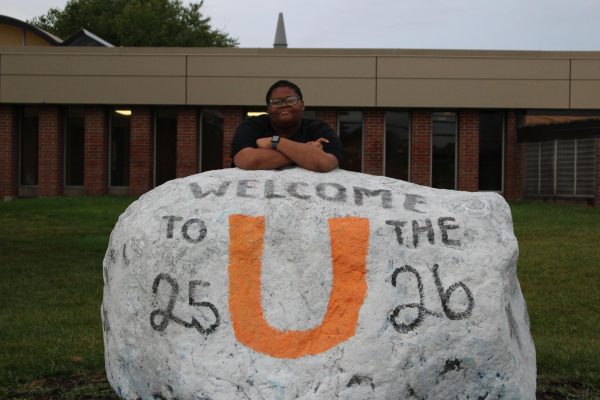Moving past the stigma of community colleges
With its lower cost and challenging courses, it’s time to give a local post-grad options a second look.

May 17, 2018
Since we were in elementary school, adults have been pressing the idea of going off and doing something great with our lives, and surely that has to start somewhere. 2 syllables, 7 letters- college.
Being a high-schooler in today’s age can be extremely tough. Endless opinions from people those you’ve known forever, and even those who barely even know you, can have a lot to say when they hear where you’re going to college. Especially when they hear that you’re going to attend a community college.
“Are you sure you want to do that?” or “I guess that’s a way to save money!” are usually one of the two things people may say if they think low of community college. Sure, you can come across someone who did the same thing that you are going to do or didn’t, but wish they did, but there is clearly a stigma towards attending community college.
“A lot of the time, I hear negative comments about attending community college,” senior Nalani Renta said. “People say that it’s not that good of an education because it’s the easy route and you don’t get the actual ‘college experience.'”
Attending a community college doesn’t necessarily mean that you won’t experience the endless parties, weekday sleepovers, and infinite freedom. It just means that you won’t be as broke as a college student, like some of your friends.
“I always hear negative things about how community colleges are for those who don’t try in high school,” senior Alexis Streiber said. “I have never heard of someone being declined admission at a community college.”
One main plus of attending community college is the cost. Let’s start with the basics: tuition. The average cost for 2018 at a public four-year university was $9,970. The average cost for tuition at a two-year community college was $3,440. I’m not sure if I’m the only one who sees it, but that is over a $6,000 difference. I am almost positive that no one comes out of college making a six-figure salary, so unless you received scholarships and grants, I hope you saved up a lot of money. I know plenty of things that you can spend that much money on besides college.
“Back in the 90’s, [community college] did have a poor stigma, but now with the opportunities and low cost it gives students, it’s a great way to start,” teacher Dana Boice said. “Also, with the Macomb to Oakland program, that’s a win for students.”
Whenever I mention community college, I usually receive a comment about how the workload is less rigorous and doesn’t “challenge the average student.” I find that to be totally untrue. Most community colleges have honors programs that are just as tough, if not harder, than university programs.
“I hear so many negative comments about how community colleges are for dumb people,” junior Phil Yousif said. “They usually say that it’s for someone who cannot get into an actual university.”
So many people have been taught that community college isn’t a sufficient option, but that isn’t the truth. I am not knocking students that attend a university, but you have to keep in mind that at the end of the day, we all have the same goal: a college degree. No matter the school, how you get there, or how long it takes you, as long as you finish you’re better than the 33.3% that drop out.










